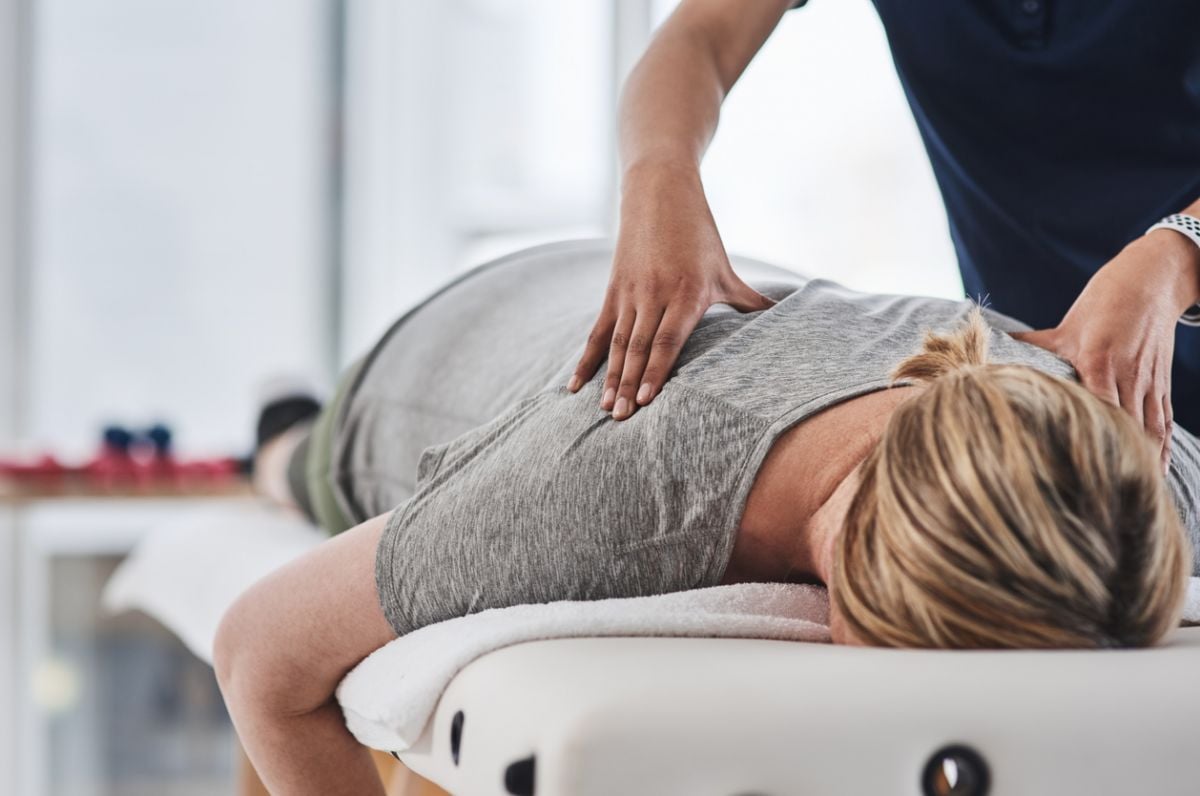
How Active Release Techniques can relieve sore muscles
Muscles are incredible things. These soft tissues, found in most animals, are what allow us to move. We can improve their strength through exercise, allowing us to produce more force to push harder or run faster. But no matter how strong your muscles are, they can still become tense and sore through stress or acute injury.
The ART of healing
There are many different massage therapy techniques to promote this healing, one of which is known as Active Release Techniques, or ART for short.
This hands-on massage therapy technique is aimed at re-educating neuromuscular tissues. Through applying specific myofascial techniques, a certified ART provider can assess muscle tissue integrity through tone, texture, and movement patterns, locating specific adhesions or disruptions in tissue function.
This particular type of hands-on treatment focuses on the root cause of any tissue injury which allows for greater improvement in restoring normal function for any individual.

What does ART treat?
ART can treat numerous musculoskeletal injuries. From ligaments to tendons, muscle to fascia, and even nerve entrapment, ART covers a wide range of injuries.
Some of the most common conditions ART can address are:
• Tennis elbow
• Plantar fasciitis
• Carpal tunnel
• Sciatica
• Whiplash
• Chronic headaches
• Rotator cuff injuries
What are the benefits of ART for your recovery?
ART helps to correct and maintain flexibility and range of motion, as well as assisting in pain management. ART is beneficial on its own as a wellness strategy or as part of a complementary therapy to physiotherapy, massage, or chiropractic. Every ART session is a combination of evaluation and treatment targeted at breaking up adhesions and scar tissue.
The main benefit of any ART session is to appropriately correct any congestion that may occur due to injury, repetitive strain, tissue hypoxia, or adhesions in soft tissues. ART also benefits from the client’s active role in the therapy session, which makes the process more comfortable for the individual.
However, the main benefit to trying ART for your recovery journey is your time. All ART sessions at Lifemark are either 15 or 30 minutes in duration. Sessions are ideally scheduled every other day, depending on severity of injury, and in most cases can be resolved in as little as five or six sessions (although there are exceptions, depending on length of injury and the individual’s health history).
You deserve and should expect the highest quality of care. That’s why our ART certified providers will develop a customized treatment plan to help you achieve your optimal health.
If you’d like to schedule an appointment through Virtual Care or in-person services, contact a Lifemark clinic near you or book an appointment online.



